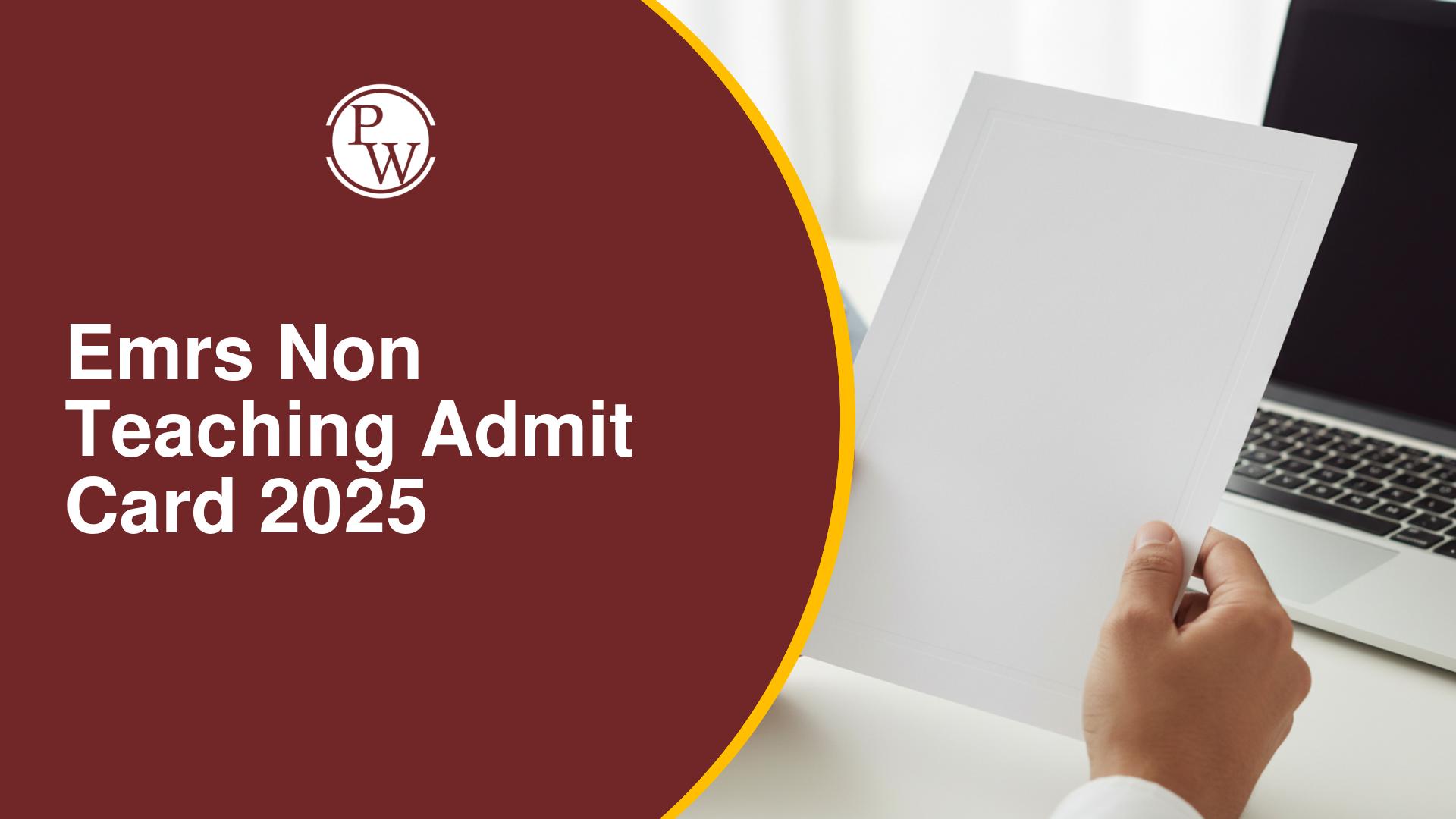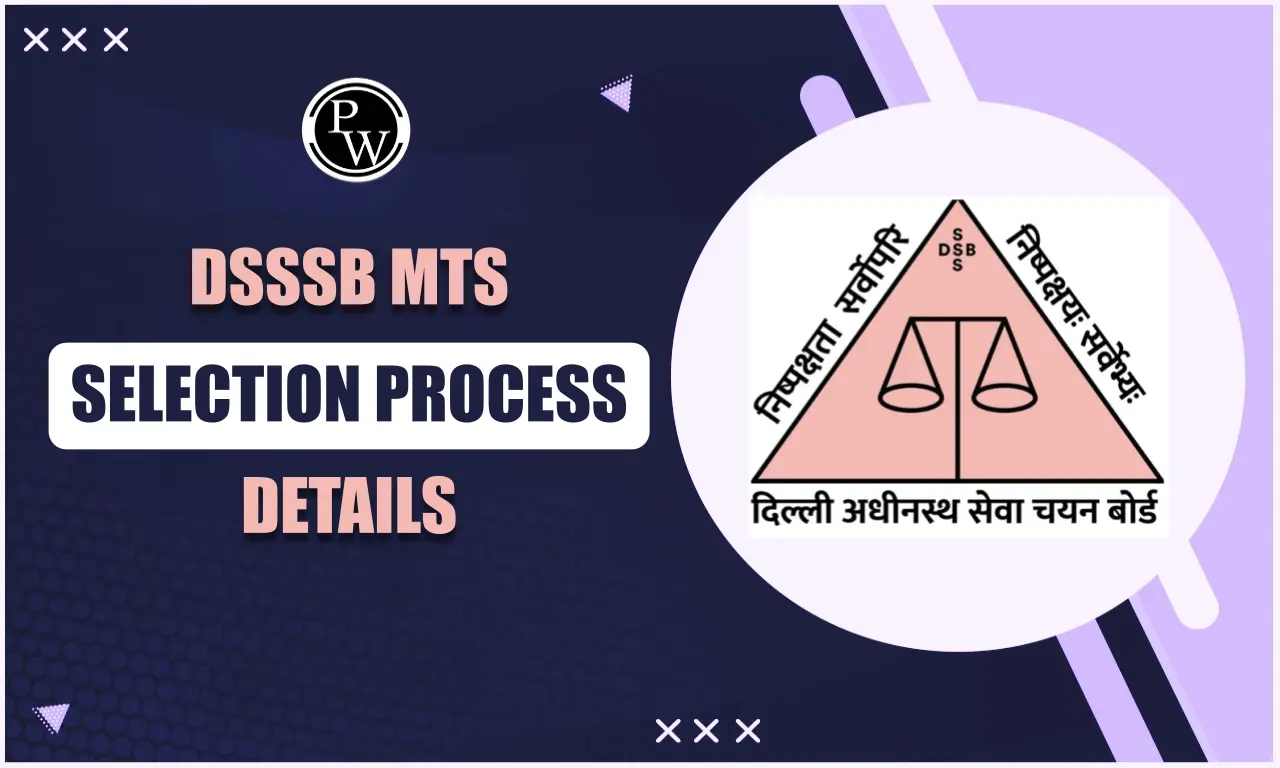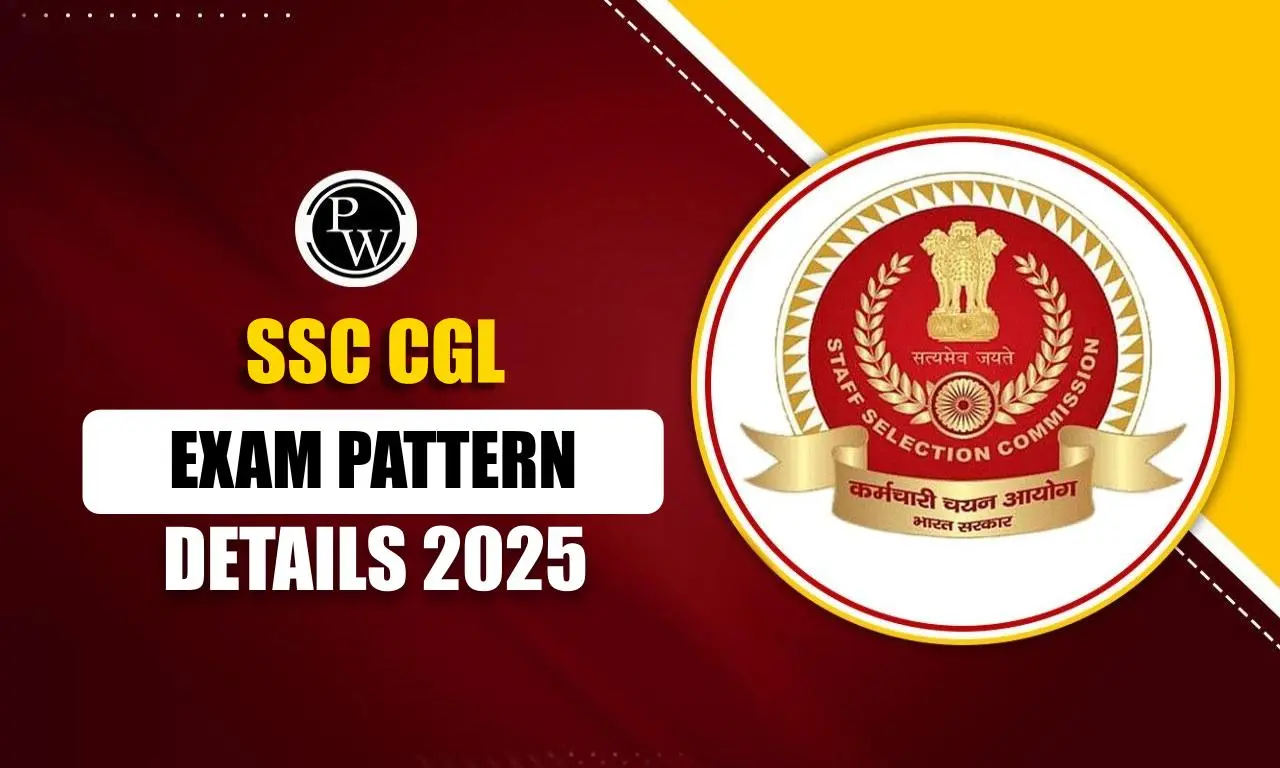
SSC CHSL General Intelligence Syllabus 2025: The reasoning section holds significant importance within the SSC CHSL Syllabus for the year 2025. This section comprises a range of question types, including both verbal and non-verbal aspects. The examination will evaluate candidates on topics such as Semantic Analogy, Symbolic Operations, Symbolic/Number Analogy, Figural Analogy, Spatial Orientation, Semantic Classification, Venn Diagrams, Symbolic/Number Classification, Figural Classification, Punched Hole/Pattern Folding & Unfolding, Semantic Series, Figural Pattern Folding and Completion, Number Series, Embedded Figures, Figural Series, Critical Thinking, Problem Solving, Word Building, Coding and Decoding, and any other relevant numerical operations.
SSC CHSL General Intelligence Syllabus 2025
General Intelligence (also referred to as Logical Reasoning or Mental Ability) is a part of the Tier 1 and 2 exams. It includes both verbal and non-verbal reasoning questions. This section evaluates the candidate’s ability to think logically, solve problems, and identify patterns. Candidates preparing for the SSC CHSL Exam 2025 are advised to carefully review the essential information presented in the following table, which outlines the SSC CHSL General Intelligence Syllabus 2025. For more insight, candidates can refer to the following snippet.
SSC CHSL Syllabus for General Intelligence
SSC CHSL Syllabus 2025 is extensive, covering essential subjects for both Tier 1 and Tier 2 of the examination. The SSC CHSL Exam consists of two distinct stages: Tier 1 and Tier 2. Below, you will find a comprehensive breakdown of the SSC CHSL General Intelligence Syllabus 2025, covering both Tier 1 and Tier 2.
| SSC CHSL Syllabus for General Intelligence | |
|
Topics |
Description |
|
Analogy |
Identify similar relationships between word pairs, numbers, or figures |
|
Classification (Odd One Out) |
Find the element that does not belong in a group |
|
Series |
Complete number, alphabet, or mixed series based on logical patterns |
|
Coding-Decoding |
Decode or encode a word/number using a specific logic |
|
Blood Relations |
Determine family relationships based on given statements |
|
Direction Sense Test |
Track movements and determine direction or distance |
|
Venn Diagrams |
Solve questions using set theory and overlapping circles |
|
Ranking and Order |
Establish the position or rank of persons/items in a sequence |
|
Mathematical Operations |
Replace operators or numbers and solve the expression logically |
|
Syllogism |
Draw conclusions from given statements using deductive logic |
|
Non-Verbal Reasoning |
Solve figure-based questions including mirror images, patterns, and sequences |
|
Embedded Figures |
Identify hidden figures within a complex image |
|
Paper Folding & Cutting |
Determine patterns formed when paper is folded or cut |
|
Mirror and Water Images |
Analyze reflections or inverted images of objects |
Topic Wise Weightage of SSC CHSL Reasoning Syllabus 2025
Get the details of the SSC CHSL Syllabus 2025 for General Intelligence. The topics for the subject have been discussed in the table below.
|
Topic Wise Weightage of SSC CHSL General Intelligence Syllabus 2025 |
|
| Topics | No. Of Questions |
| Analogy | 2-3 |
| Odd One Out | 2-3 |
| Series | 2 |
| Statement & Conclusions | 1 |
| Directions | – |
| Sequence | 3 |
| Coding-Decoding | 3 |
| Mathematical Operations | 1 |
| Matrix | – |
| Blood Relation | 1 |
| Mirror Image | 2 |
| Venn Diagram & Syllogism | 2-3 |
| Paper Folding Image | 1 |
| Total | 25 |
SSC CHSL General Intelligence and Reasoning Syllabus Importance
The General Intelligence section holds significant importance in the SSC CHSL exam as it assesses a candidate's mental alertness, analytical ability, and logical thinking. Unlike mathematical sections, this portion does not depend on formulas or complex calculations; instead, it demands keen observation, pattern recognition, and consistent practice. With the right preparation and strategic approach, candidates can solve these questions quickly and accurately, making it one of the most scoring sections in the paper. A strong performance in this section can greatly enhance the overall score and improve the chances of selection in the merit list.
Preparation Tips for SSC CHSL General Intelligence Section
Here are some effective tips to pass this section with a good score:
1. Understand the Concepts: Most topics rely on logic rather than memorization. Understand the "why" behind the answer, not just the "what."
2. Practice Daily: Practice a variety of questions every day to stay familiar with patterns.
3. Use Short Tricks: Where applicable, use elimination techniques and shortcuts to save time.
4. Take Mock Tests: Attempt online PW mock tests regularly to build speed and accuracy. Analyze mistakes after each test.
5. Focus on Accuracy: There’s a negative marking in both Tier 1 and Tier 2 exams. Avoid guesswork and aim for accuracy.
PW provides SSC exam content, including SSC Exam Blogs, sample papers, mock tests, guidance sessions, and more. Also, enroll today in SSC Online Coaching for preparation.
SSC CHSL General Intelligence Syllabus 2025 FAQs
Q1. What is the weightage of the General Intelligence section in SSC CHSL Tier 1?
Q2. What are the major topics covered under the General Intelligence syllabus?
Q3. Is the General Intelligence section difficult to prepare for SSC CHSL?










